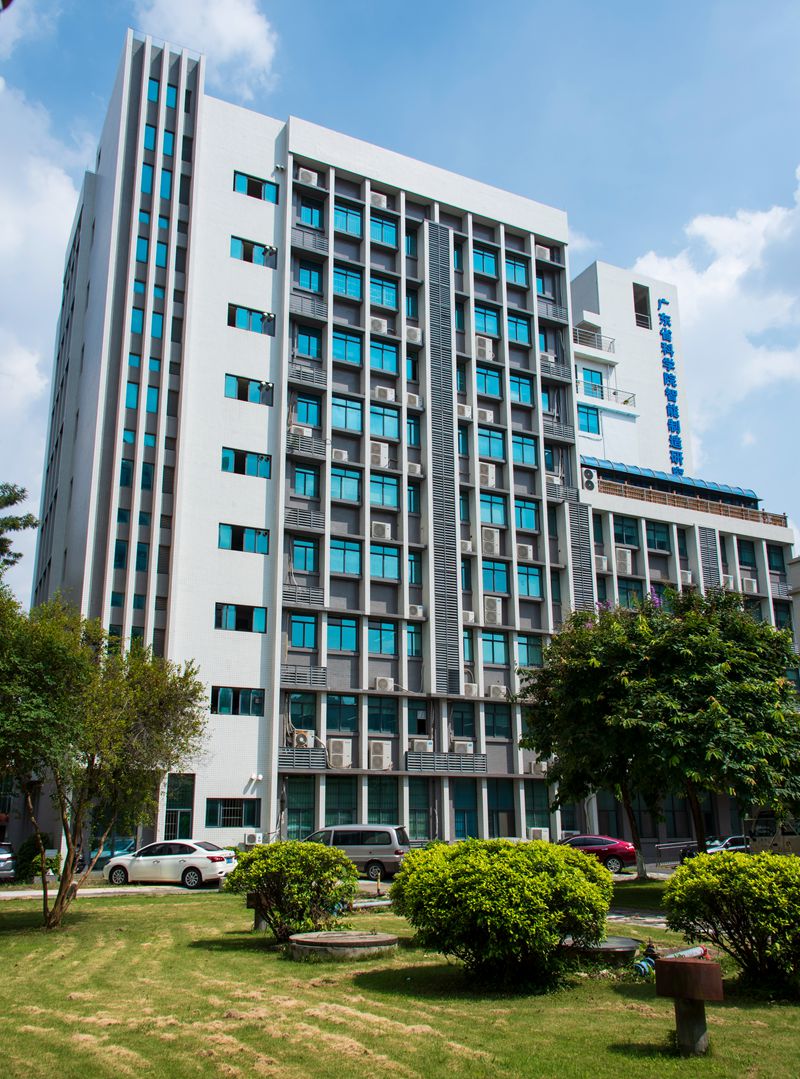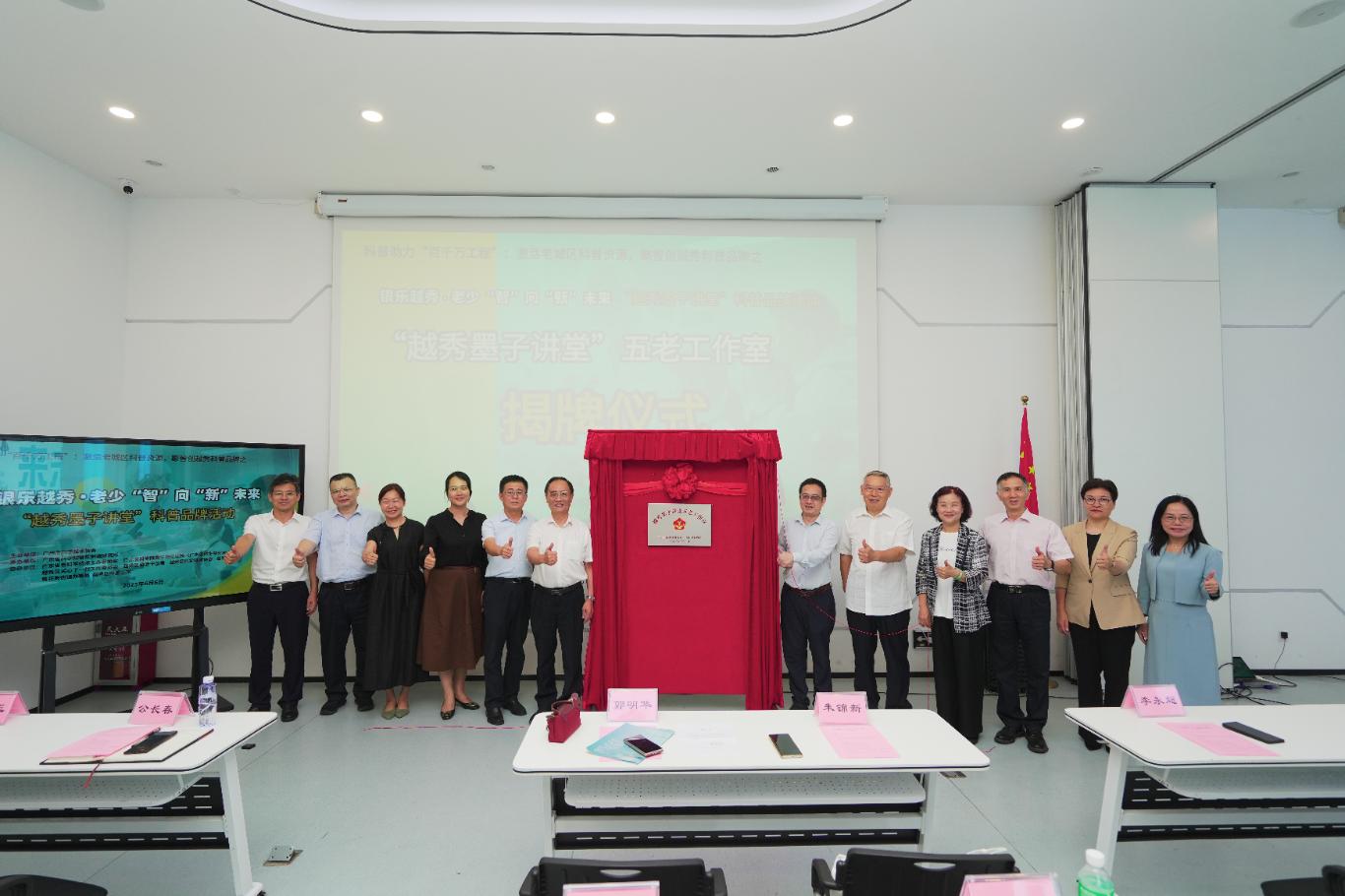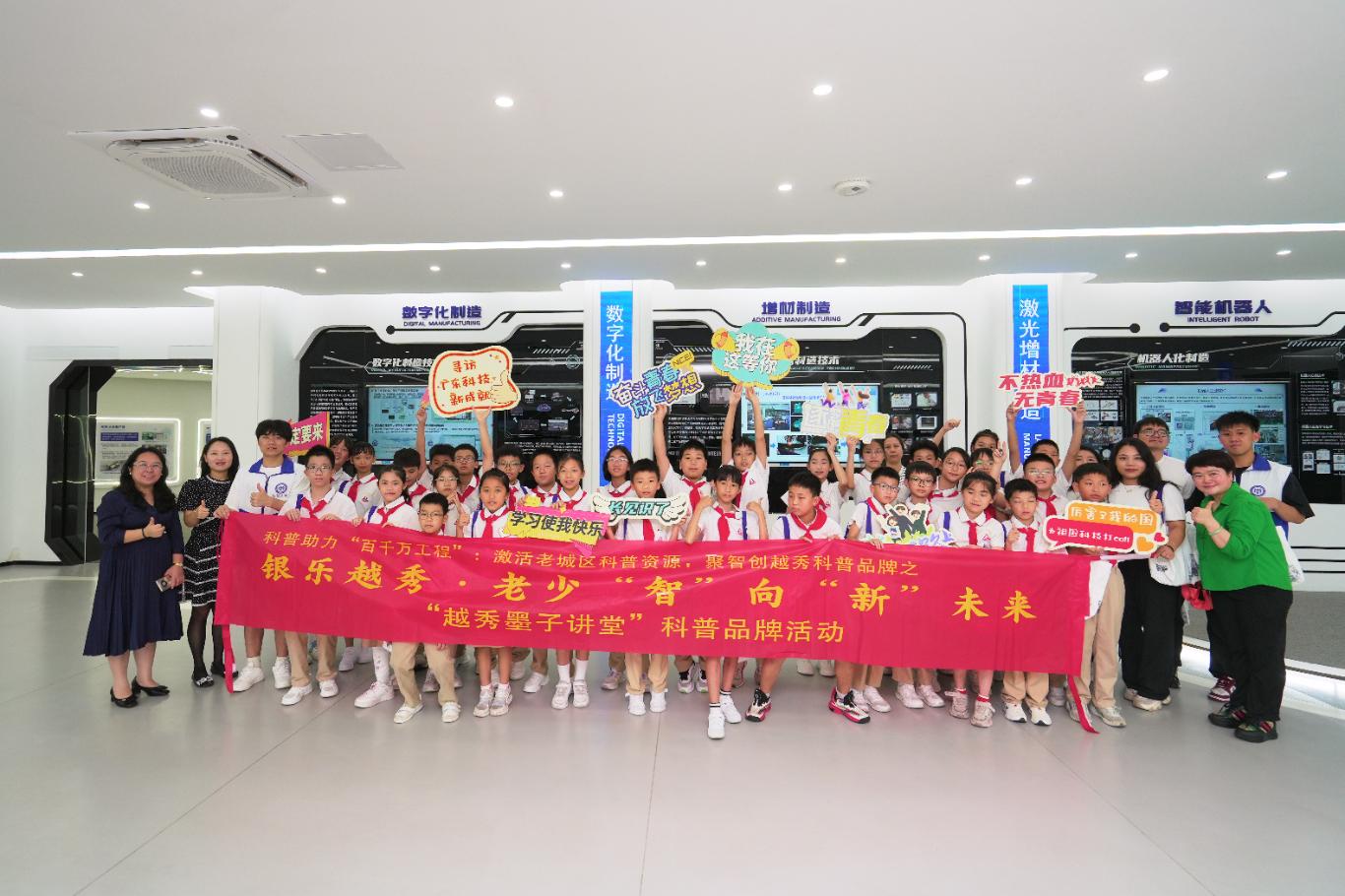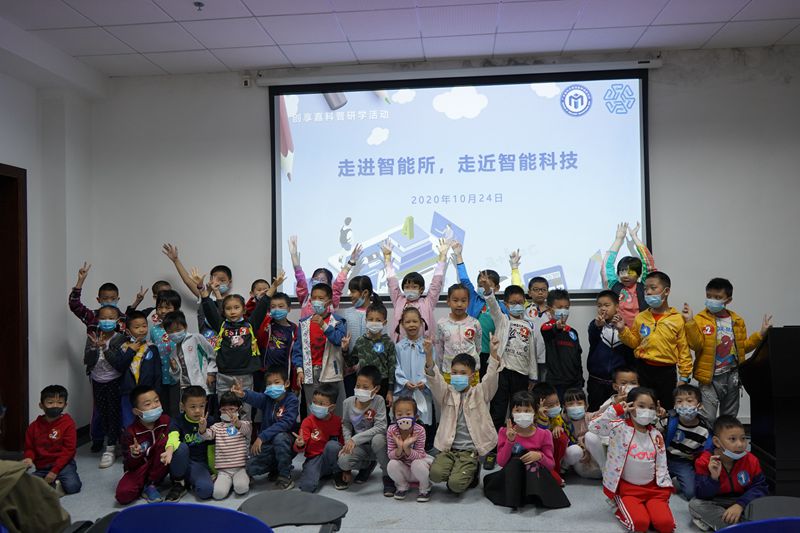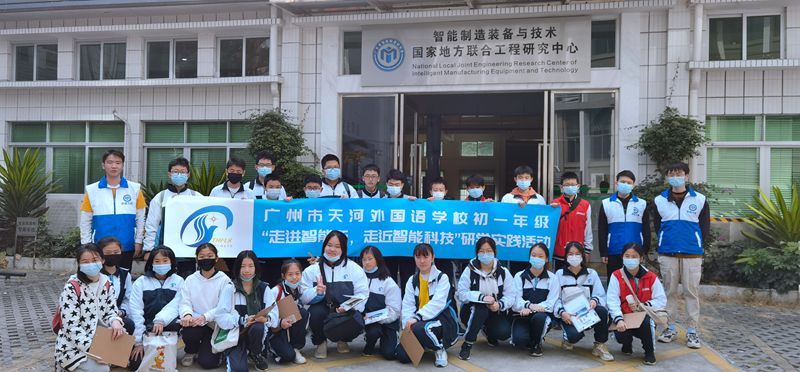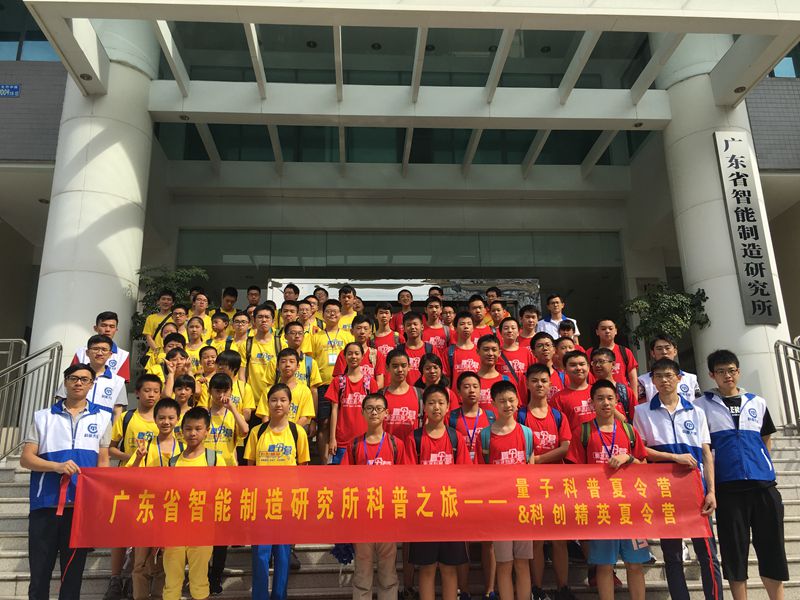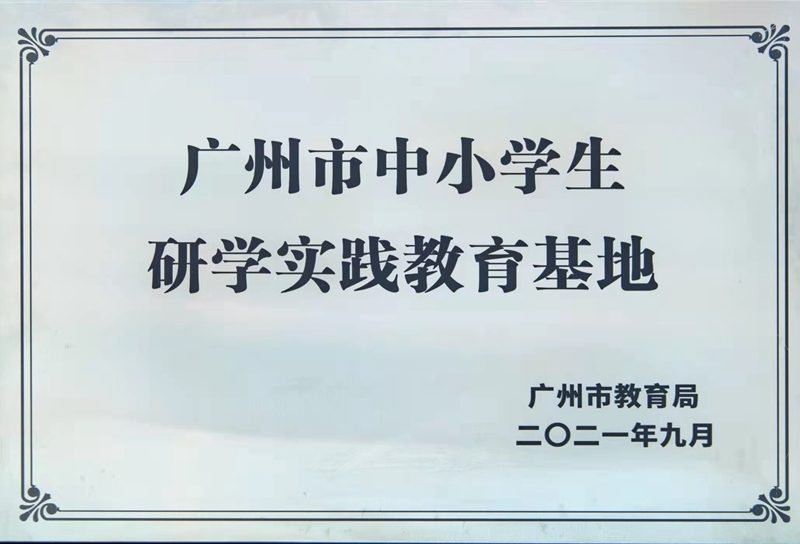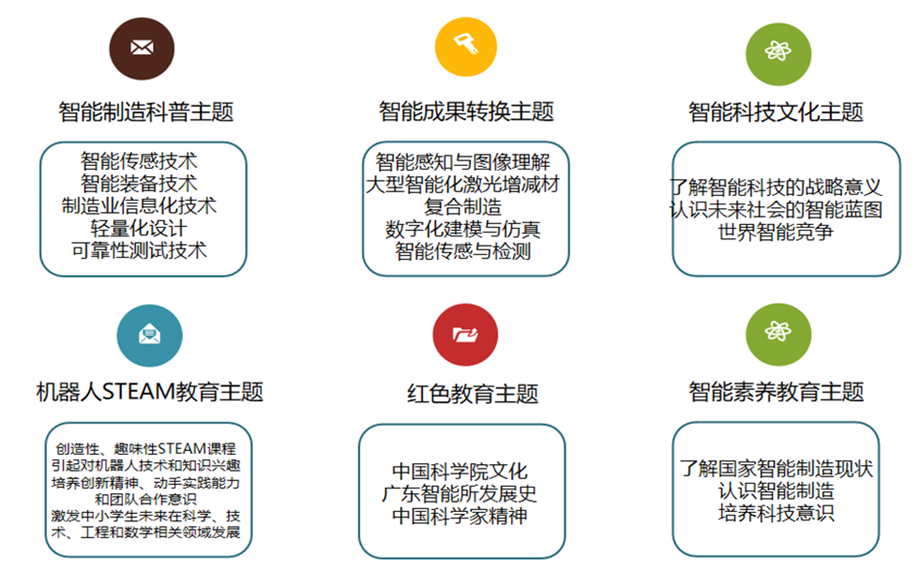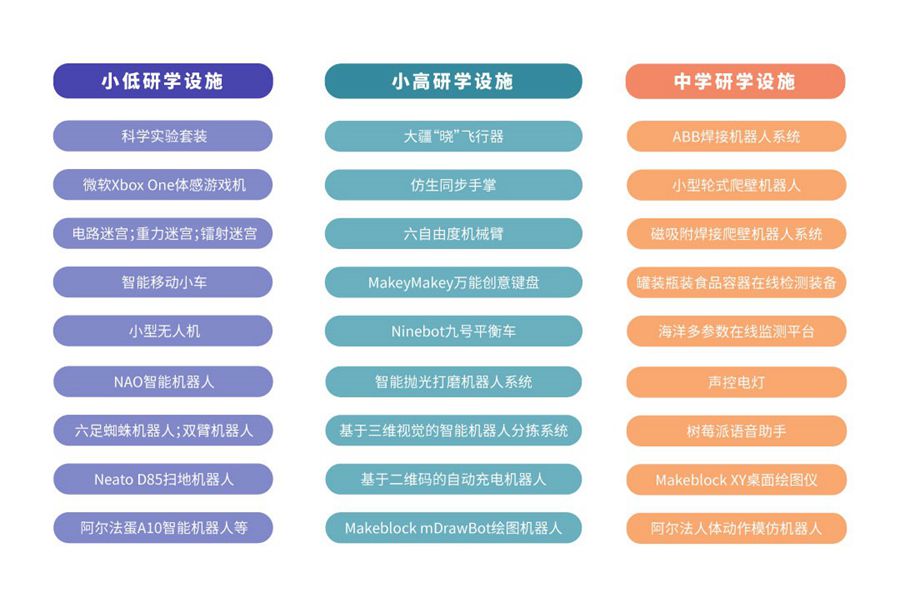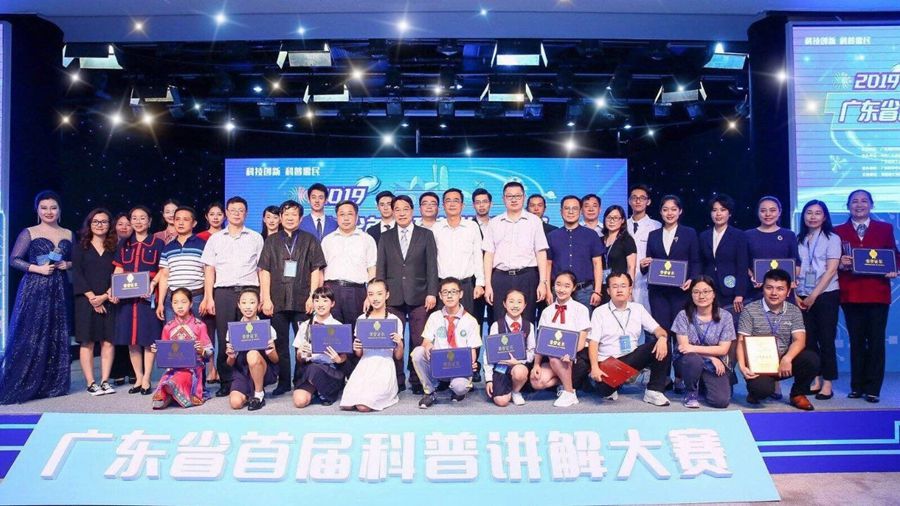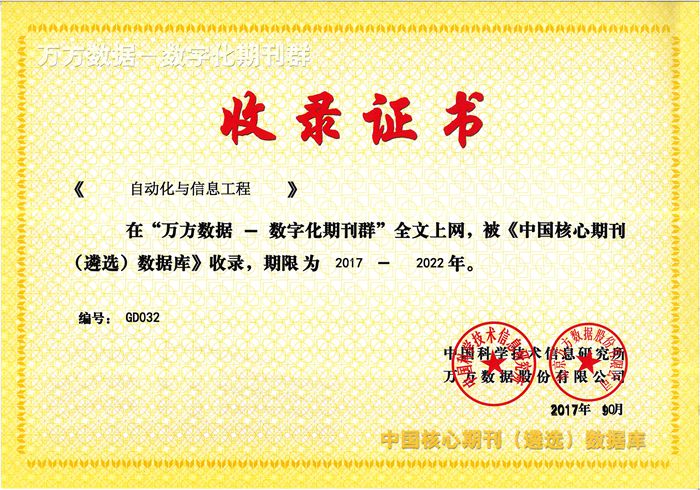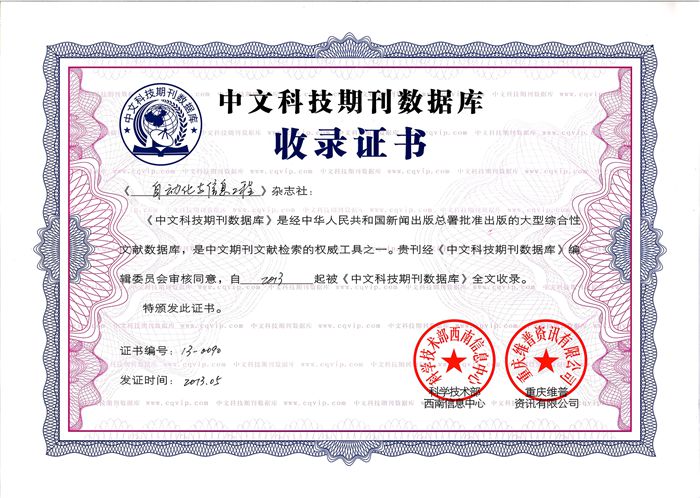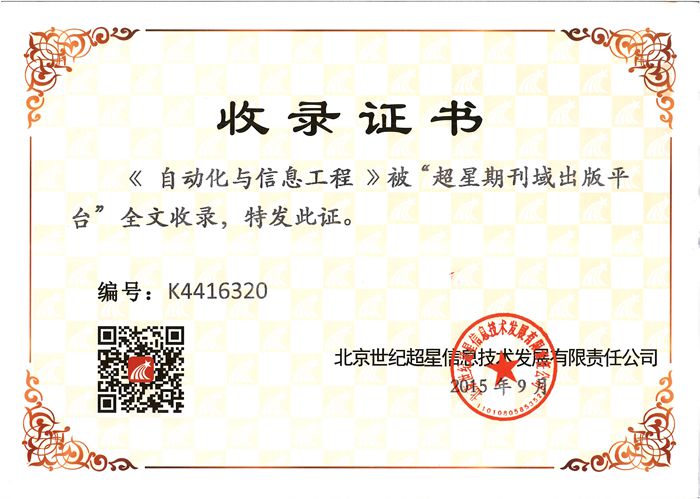王永强 罗洪叶 赵贤
(贵州电子科技职业学院,贵州 贵阳 550003)
摘要:针对当前高校班级人数较多、考勤易作弊、教师难以及时掌握每个学生的学习状态等问题,提出一种基于计算机视觉的课堂情况分析系统。该系统利用多任务级联卷积神经网络(MTCNN)对摄像头获取的班级学生实时视频流进行人脸检测,通过Face Recognition模型提取人脸面部特征,以验证学生身份;采用关键点检测算法和YOLOv10目标检测算法分别检测学生在课堂上的打瞌睡和玩手机行为;引入动态阈值和状态保持机制,避免瞬时行为误判,并对打瞌睡、玩手机行为的阈值进行动态调整。测试结果表明,该系统能够准确完成学生考勤管理、异常行为检测、考勤结果可视化展示、课堂情况分析报告自动生成等功能,帮助教师实时掌握学生在课堂上的学习状态,及时调整教学策略,从而提升教学质量。
关键词:计算机视觉;课堂情况分析;人脸识别;异常行为检测;动态阈值;YOLOv10;多任务级联卷积神经网络
中图分类号:TP391; TP399 文献标志码:A 文章编号:1674-2605(2025)05-0006-07
DOI:10.12475/aie.20250506开放获取
Classroom Situation Analysis System Based on Computer Vision
WANG Yongqiang LUO Hongye ZHAO Xian
(Guizhou Electronic Technology College, Guiyang 550003, China)
Abstract: Aiming at current problems in universities such as large class sizes, susceptibility to attendance fraud, and teachers' difficulty in promptly understanding each student's learning state, this paper proposes a classroom situation analysis system based on computer vision. The system utilizes the multi-task cascaded convolutional neural network (MTCNN) to detect faces from the real-time video stream of classroom students captured by a camera. It employs the face recognition model to extract facial features for student identity verification. Key point detection algorithms and the YOLOv10 object detection algorithm are used to detect student behaviors like sleeping and using mobile phones in class, respectively. Dynamic thresholds and a state persistence mechanism are introduced to avoid misjudgment of transient behaviors, and the thresholds for detecting sleeping and phone usage behaviors are dynamically adjusted. Test results show that the system can accurately perform functions including automatic classroom attendance, abnormal behavior detection, visualization of attendance results, and automatic generation of classroom situation analysis reports. This helps teachers grasp students' learning states in real-time, allowing them to adjust teaching strategies promptly, thereby improving teaching quality.
Keywords: computer vision; classroom situation analysis; face recognition; abnormal behavior detection; dynamic threshold;YOLOv10;multi-task cascaded convolutional neural network

